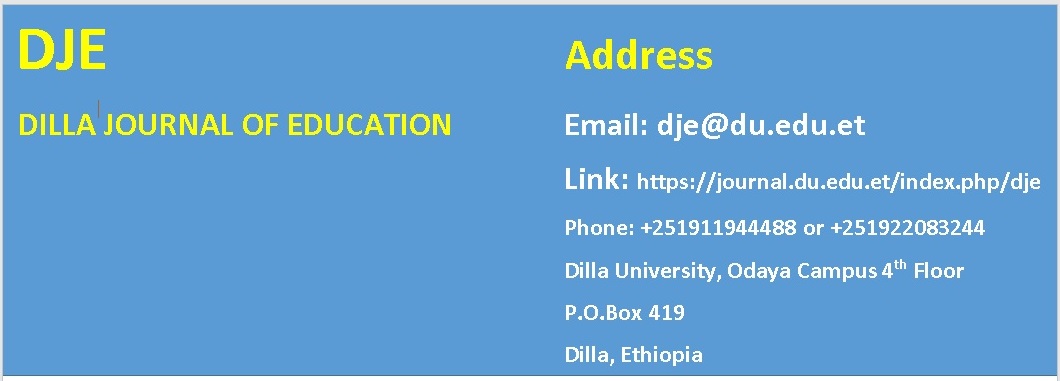Students with Disabilities Inclusion in Higher Education: Forgotten Issue in Disability Literatures
DOI:
https://doi.org/10.20372/dje.v01i01.03Keywords:
Inclusion, Students with disabilities, Higher education institutions, Deaf, Blind, Physical disabilitiesAbstract
The purpose of this study was to look into the inclusion of disabled students in higher education institutions. A quantitative technique was utilized in conjunction with a cross-sectional survey design. A total of 246 SWDs were chosen from five Ethiopian public HEIs using a stratified proportionate random sampling technique. Frequency, percentage, mean, standard deviation, correlation, one-sample t-test, multiple regressions, Independent samples t-test, and One Way ANOVA were used to examine data acquired through a college student experience questionnaire. The pupils were found to be enrolled in the institutions, according to the findings. When compared to male students, female students scored higher on inclusion. Pupils who were blind were more included than students who were deaf or had physical limitations. However, the pupils’ inclusion does not seem to be affected by their year level.The conclusion is that, despite the fact that inclusion has been discussed in
disability literature for a long time, there is no scale to quantify it in higher education. As a result, the advice is that a scale be devised, and that males who are deaf and have physical limitations, for example, be assisted by institutions.






